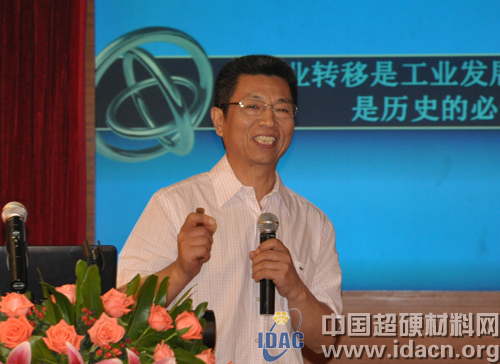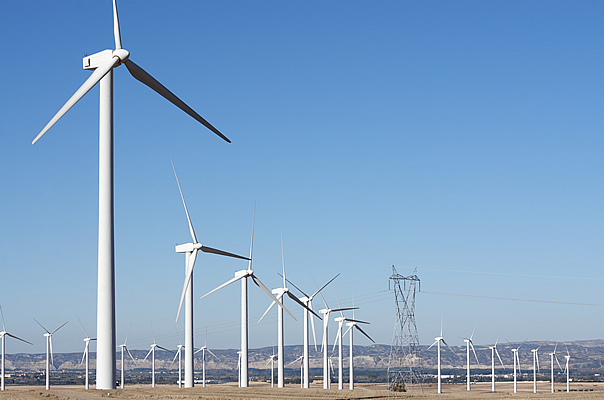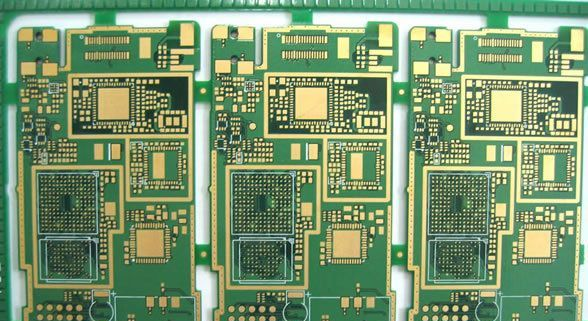Abstract cage for a bird, is the process of economic development of a strategic initiative is to existing traditional manufacturing "transferred out" from the current industrial base, and then "advanced productive forces" transferred in, in order to achieve economic restructuring, industrial upgrade. Many countries in the West are in the process of industrialization...
It is a strategic measure in the process of economic development to transfer the existing traditional manufacturing industry from the current industrial base, and then transfer the "advanced productivity" to achieve economic transformation and industrial upgrading. . Many countries in the West will implement such policies in the process of industrialization to achieve the optimization and upgrading of the industrial structure. Guangdong’s “cage-for-bird†policy is the “double transfer†(industrial transfer and labor transfer) policy. Specifically, it refers to the labor-intensive industries in the Pearl River Delta shifting to the east and west wings and the mountainous areas of northern Guangdong; while the labor forces in the east and west wings and the mountainous areas in northern Guangdong are shifting to the local secondary and tertiary industries; on the other hand, some of the higher-quality labor force Transferred in the developed Pearl River Delta region. To change the bird for the cage, it is to change the extensive growth mode by the courage of the "strong man to break the wrist", to make room for, and to cultivate a good "bird" that eats less, produces more eggs, and flies farther! 
Professor Dai Hongjun, Director of the Expert Committee
Why is the industry shifting?

Product life cycle theory

Product Lifecycle

Professor Dai Hongjun, Director of the Expert Committee
Why is the industry shifting?
The transfer of part or all of the production of the product from the original place of production to other areas is called industrial transfer. Product life cycle theory believes that all sectors of industry and various industrial products are in the different stages of development of the life cycle, that is, through four stages of innovation, development, maturity and decline. Afterwards, Wells and Hirsch et al. verified the theory and enriched and developed it. Regional economists have introduced this theory into regional economics, which has led to the theory of gradient transfer of regional economic development.

Product life cycle theory

Product Lifecycle
The ladder transfer theory refers to the theory of industrial life cycle to the development of regional economy. It is believed that each country and region is on a certain economic development gradient. Every new industry, new product, and new technology in the world will be in a low gradient from a high gradient area over time. The region is passed down at the first level.
The main factors affecting industrial transfer:
Labor factors, internal transaction costs, market factors, adjustment of national policies, tight land use in original production sites, high land prices, environmental pollution, changes in the international economic situation, etc.
International industrial transfer
The first industrial transfer from the end of the 18th century to the beginning of the 19th century, the first international industrial transfer output is the United Kingdom, the destination is mainly France, Germany and other European countries and North America. As an emerging country, the United States is the biggest beneficiary of this international industrial transfer.
The second industry shift The path of industrial transfer in the 1950s was from the United States to Japan and the Federal Republic of Germany. In the 1950s, under the background of the third scientific and technological revolution, the United States made major adjustments to its domestic industrial structure, transferring traditional industries such as steel and textiles to Japan and the Federal Republic of Germany. The development of capital and technology-intensive industries such as precision machinery, fine chemicals, household appliances and automobiles.
The third industrial transfer began in the 1970s and 1980s, and the main domain of industrial transfer occurred in East Asia. This international industrial transfer was led by Japan. Japan became the third major exporter of international industrial transfer, and the East Asian "four little dragons" were the main ground for this international industrial transfer. The third international industrial transfer lasted for about 20 years.
The fourth industrial transfer The fourth international industrial transfer began in the 1990s to the present. After the 1990s, the industrial output of international industrial transfer, not only Japan, but also East Asia "four little dragons", as well as the United States. The industry is rooted in four ASEAN countries, but mainly in the mainland of China.
Industrial transfer is inevitable in historical development, not an expedient measure. There is an industrial shift before the earth becomes flat. As long as we are doing industrial products, we must think about industrial transfer as long as we do business; as long as you are not the most advanced, and you are in line with advanced manufacturing and green manufacturing, you must or be asked to move to the next step.
Way of industrial transfer
The original factory's overall relocation, labor-intensive part of the relocation, acquisition + expansion of production transfer, upgraded transfer, elimination of transfer, direct investment transfer, joint venture and cooperation transfer, looking for partner OEM.
Due to the imbalance of economic and cultural development, different regions have different ability to accept, different psychological endurance, and even due to economic underdevelopment, the regional leaders have different understandings and leadership styles for industry. Therefore, the industrial transfer is gradual, with gradients, and it is impossible to get it in one step. (This article is based on the original author PPT)
Original PPT download:
Kylin Chemicals has been focusing on R&D, manufacturing and supply of specialty additive technologies to epoxy resin industry for over 20 years. Our novel technologies are marketed & supplied under the trade name KylinCure, serving our customers in the field of composites, coatings, adhesives and electric industries, etc. KylinCure is a group of substituted urea based accelerator for dicyandiamide-cured epoxy resins, significantly reduces the curing temperature without sacrificing the shelf life of the compounds.


Epoxy Curing Agents & Accelerators
Epoxy Curing Agents & Accelerators,Curing Agents For Epoxy Resin,Epoxy Curing Accelerating Agent
Kylin Chemicals Co., Ltd. , http://www.kylin-chemicals.com